‘Mammoth’ search for Beaumont children’s remains continues, but dig ‘close to conclusion’
Key first-hand witnesses joined the third and final excavation for the Beaumont children at the old Castalloy factory, with experts saying the dig is ‘close to conclusion’.
SA News
Don't miss out on the headlines from SA News. Followed categories will be added to My News.
The search for the missing Beaumont children’s remains is “close to conclusion” as key first-hand witnesses joined the excavation team for the first time on Tuesday for the “mammoth dig”.
Local residents and longtime followers of the case were present in North Plympton to witness the excavation — all of them sharing a connection to the mysterious disappearance of the Beaumont children in 1966.
Tanya Fimeri has lived three streets back from the dig site for the past 35 years.
She had her own close call with another one of the state’s most notorious children’s disappearance cases — the disappearance of Joanne Ratcliffe and Kirste Gordon in 1973.
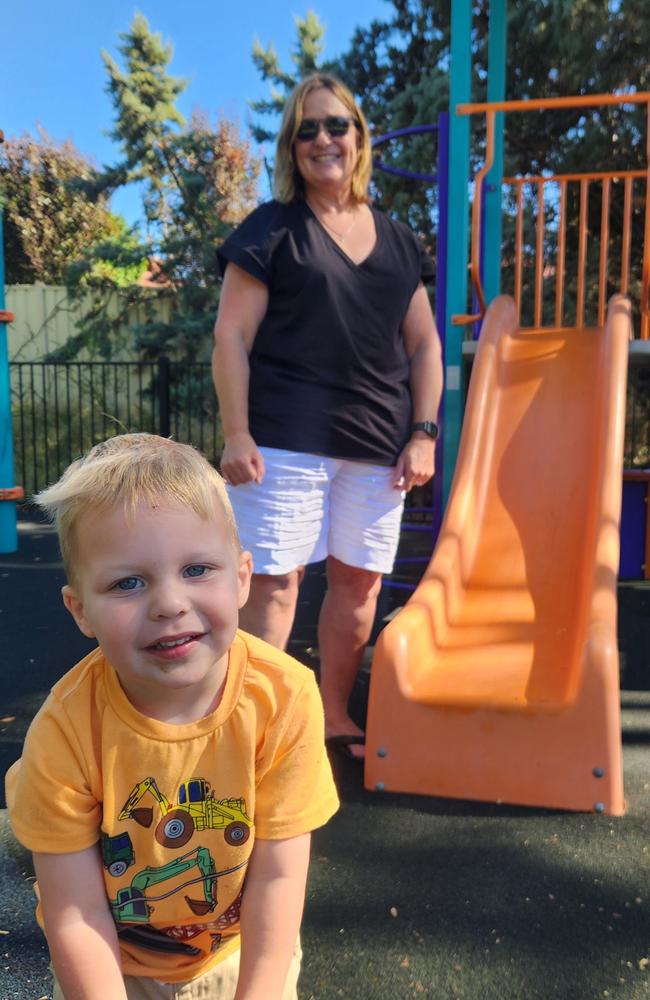
Ms Fimeri explained her story as her grandson Charlie, wearing a construction themed shirt, eagerly watched the “diggers” at work.
“I was at the footy on the day those kids went missing,” Ms Fimeri said.
“I used to play with them at the ground every weekend.
“My parents had spoken to one of the families on that day.
“Life was very different then to how it is now.
“I hope they find the Beaumonts for their family’s sake.”
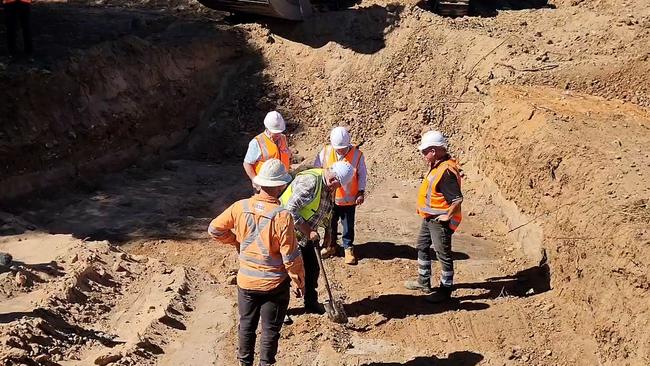
The latest search for the missing children’s remains has landed in Mr Fimeri’s quiet neighbourhood due to the old Castalloy factory’s connection with a prime suspect in the case, Harry Phipps.
Two men came forward in 2013 claiming Mr Phipps had curiously paid them to dig a hole at the factory just three days after the children’s disappearance.
“The whole purpose of this excavation is to find where they dug and what was put in there,” said Frank Pangallo, the independent MLC driving the recent round of excavation.
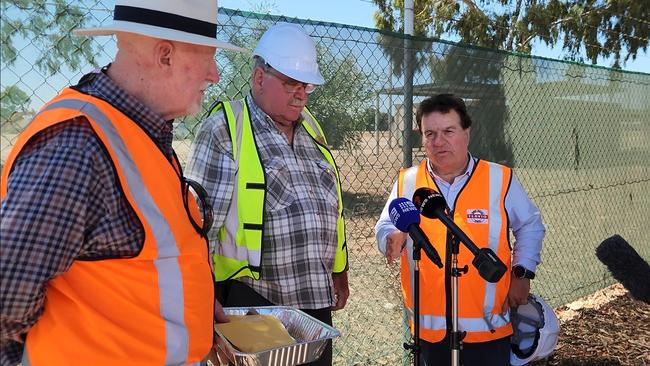
So far the team have ruled out the new site three, and have focused their efforts on sites one and two, which were previously excavated in 2013 and 2018 respectively.
Mr Pangallo described the dig as a “mammoth task” where “no stone would be left unturned”.
“This is a more expansive, detailed dig than the police have ever done,” he said.
Private investigator Bill Hayes joined Mr Pangallo, explaining the dig was “close to a conclusion”.
The team of experts and excavators were joined by the two brothers — Robin and David Harkin, who are not accused of any wrongdoing — for the first time.

“The brothers were able to pinpoint the position they thought they had dug the hole,” Mr Pangallo explained.
“They provided a lot of useful information — they’ve given us a lot more clarity on where to dig.”
The team behind the dig includes Frank Pangallo, forensic archaeologist Maciej Henneberg, private investigator Bill Hayes, excavators Flavio and Sons Civil and the two Harkins brothers.
Retired private investigator Ian Bagshaw was spectating the dig.
He had always been interested in the case as he and his siblings were the same age as the Beaumonts.
Mr Bagshaw thought Mr Phipps could be the perpetrator, but doubted the bodies were buried at his old factory.
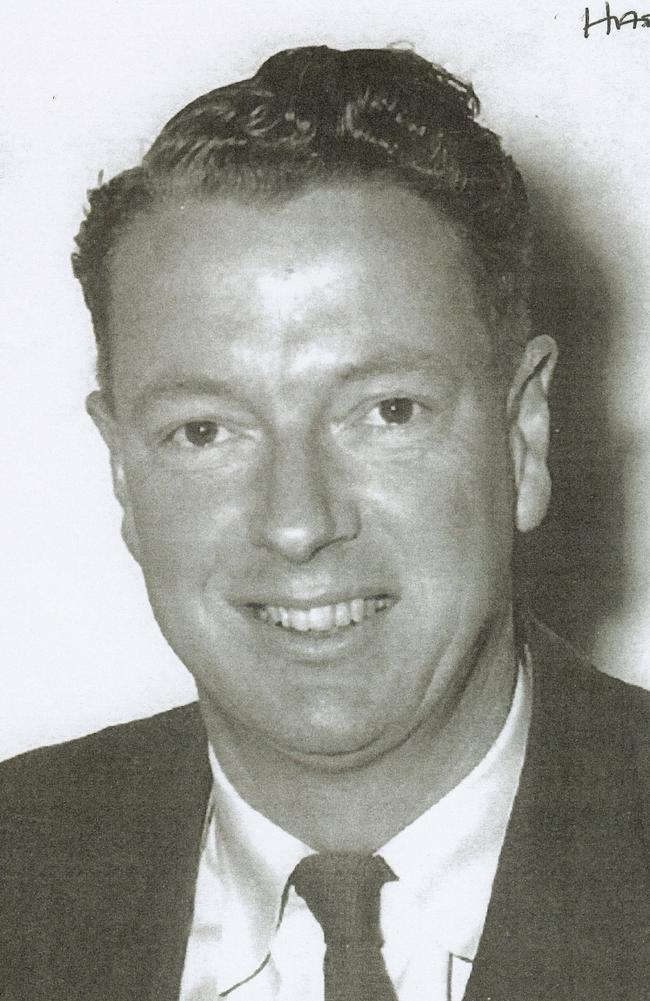
“Phipps had the ability and the opportunity to do it,” he said.
“But if he was smart he wouldn’t have buried it on his own property — everyone does make mistakes though.”
Onlooker Mark formerly worked at the Castalloy factory 40 years ago as a die caster.
“I haven’t slept well for days,” he said.
“I’ve been up watching documentaries about the case.”
The Plympton local suggested the remains could be towards the eastern end of Kinkaid Ave where the factory’s chemical processing was conducted — closer to site one and two.
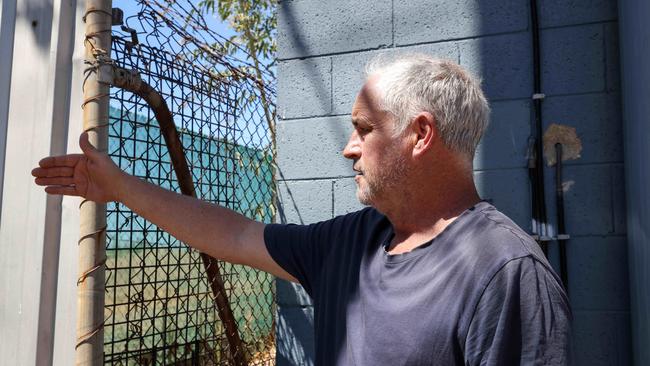
“We’d use oxides to strip metals and I’m sure that could dissolve bones too,” he said.
“I have a gut feeling the bodies are down there.
“I hope they find something — people want closure.”
Francesa Cosci has lived opposite the factory for 61 years, raising a family with a close connection to the factory that provided the community with crucial employment.
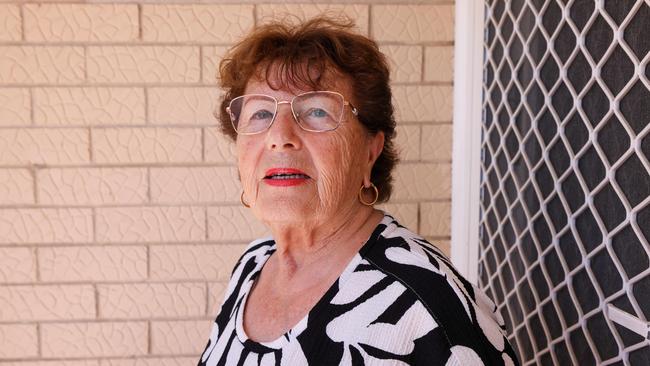
She just hopes the childrens’ remains are found for the sake of their family.
“I’m so sorry for the children and their family,” Ms Cosci said.
“I hope they find their bodies.”
As the excavation progressed at the old factory site, alternative theories about the location of the children’s remains were being discussed.
Andrew McIntrye claims his deceased father Allan Max McIntrye and convicted pedophile Anthony Alan Munro were involved in the disappearance.
Police have previously said there is no evidence linking Max McIntyre and Munro to the high-profile disappearance of the children.
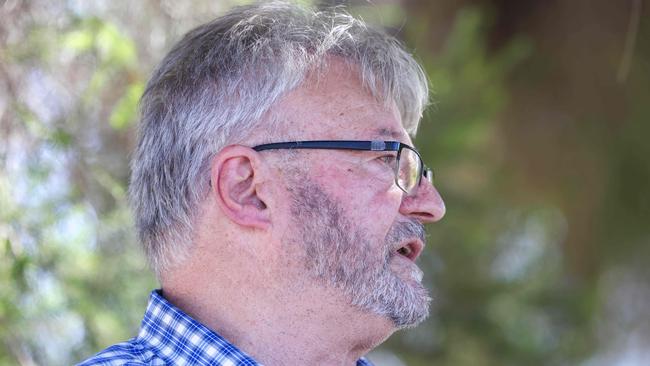
Mr McIntyre said the current excavation is hopeless.
“They’re not here,” he told The Advertiser.
“They are in Stansbury at the bottom of a well.”
Mr McIntyre claims he had personally seen the burial site on his family’s Stansbury property after Munro took him to it weeks after the children’s disappearance.






